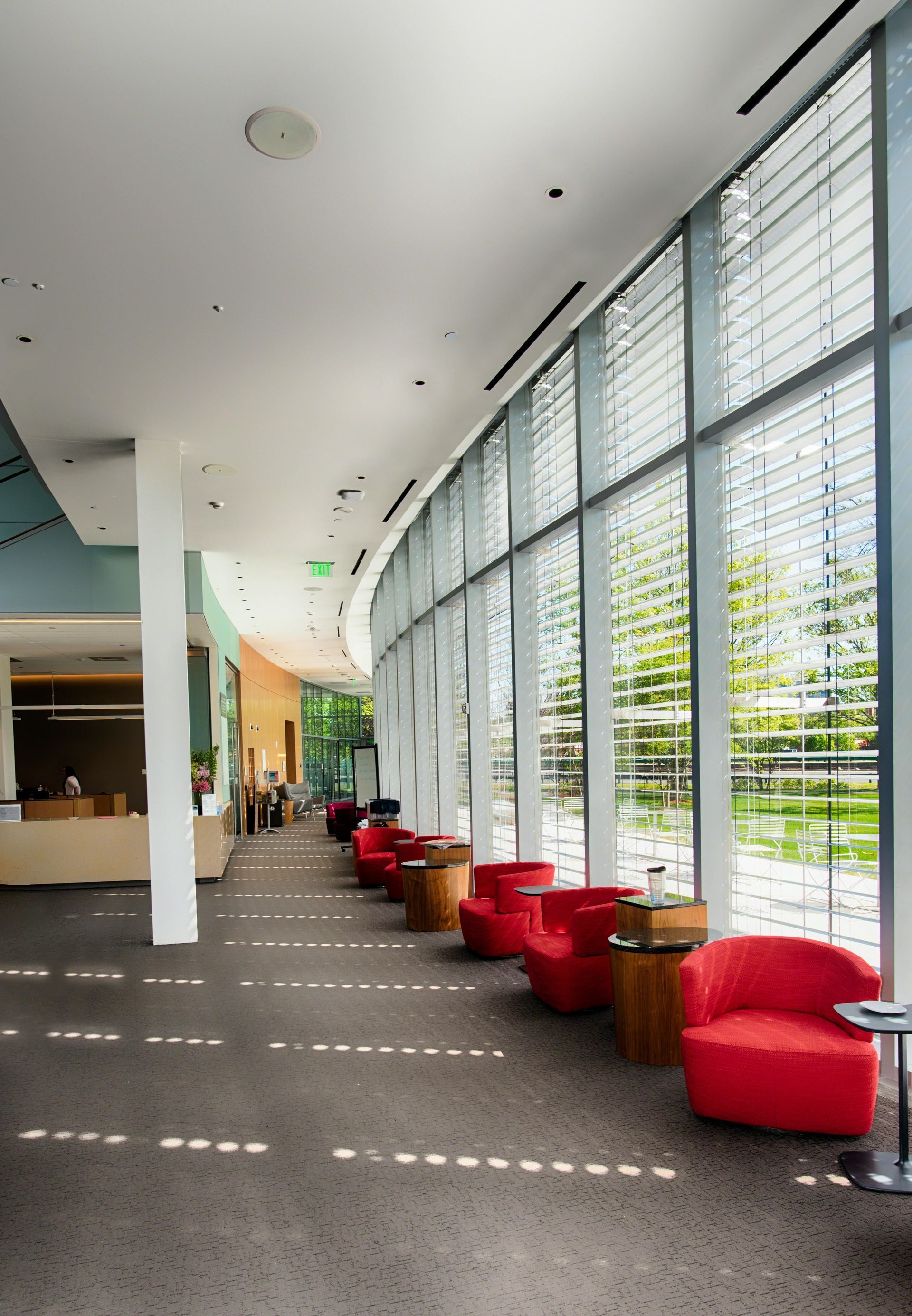Understanding the Summer Mold Growth Cycle
Mold is a common problem many homeowners face, and its growth can be particularly prevalent during the summer months. Understanding the science behind mold and its growth cycle is essential for effectively preventing and managing mold issues in your home.
Mold Basics
Before we dive into the specifics of mold growth during summer, let's start with the basics. Mold is a type of fungus that thrives in warm, damp environments. It reproduces by releasing tiny spores into the air, which can settle on various surfaces and begin the growth process under favorable conditions.
The Role of Temperature and Humidity
Summer is characterized by higher temperatures and increased humidity levels, creating an environment conducive to mold growth. Mold typically thrives in environments with a relative humidity above 60%. During summer, the combination of natural outdoor humidity and the potential for indoor humidity due to air conditioning can create the perfect breeding ground for mold.
Moisture Sources
Increased humidity levels, condensation on windows or pipes, leaking roofs, and water intrusion from heavy rain or flooding are all potential sources of moisture that can fuel mold growth. Paying attention to these moisture sources is essential for mold prevention.
Mold Growth Stages
Mold growth follows a four-stage cycle: spore germination, hyphal growth, sporulation, and dispersal. During the summer months, warm temperatures and abundant moisture create an ideal environment for spore germination and hyphal growth. These stages involve the mold spores finding a suitable surface, developing roots (hyphae), and forming a visible colony.
Health Risks and Allergies
Apart from its unsightly appearance, mold can pose significant health risks. Exposure to mold spores can cause allergic reactions, respiratory issues, and even worsen existing conditions such as asthma. Understanding the health risks associated with mold emphasizes the importance of proactive mold prevention and remediation.
Preventing Summer Mold Growth
Prevention is key when it comes to mold. Implementing the following practices can help minimize the risk of mold growth during the summer months:
· Monitor and control indoor humidity levels using dehumidifiers or proper ventilation.
· Promptly address any water leaks or sources of moisture.
· Ensure proper insulation and ventilation in attics, basements, and crawl spaces.
· Regularly clean and maintain air conditioning units to prevent condensation buildup.
· Keep indoor areas well-ventilated and allow sunlight to enter when possible.
If you discover mold growth in your home or business, it's crucial to address it promptly. Hiring a professional mold remediation service ensures the issue is handled thoroughly and safely. Professionals can assess the extent of the mold problem, identify the underlying causes, and implement effective remediation strategies to eliminate the mold and prevent future growth. Remember, when it comes to mold, prevention and early intervention are key to protecting your home and your well-being.













